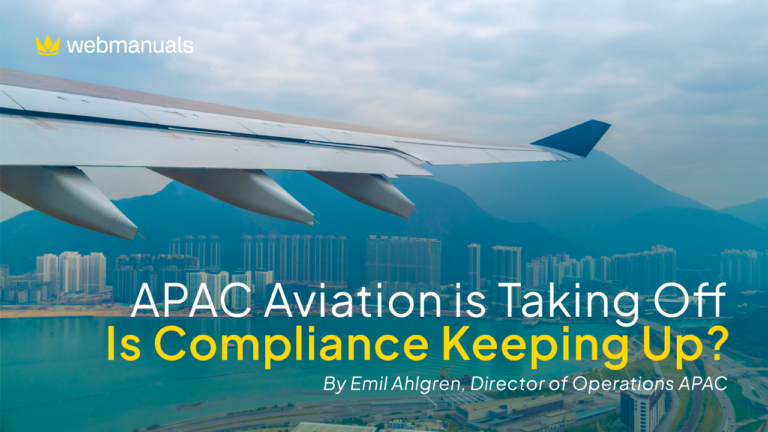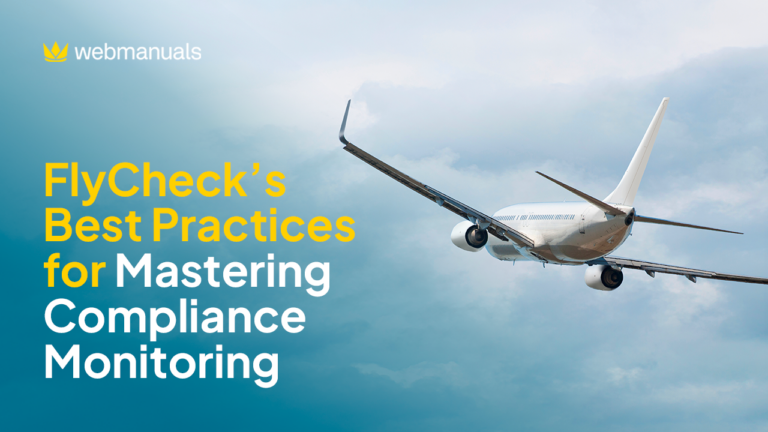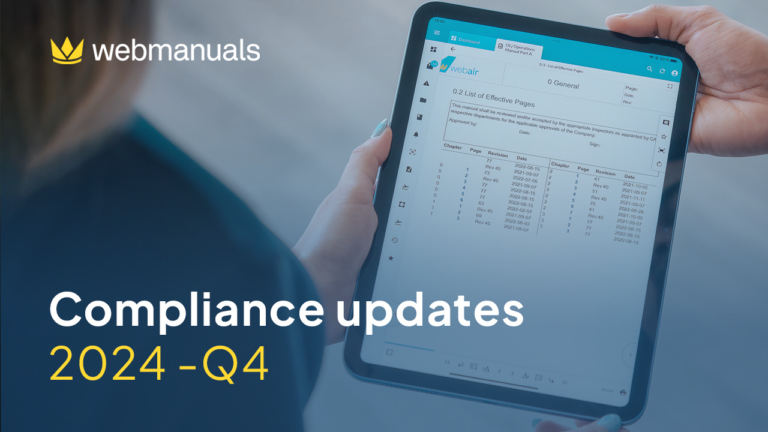The European Union Aviation Safety Agency (EASA) has recently introduced modified requirements for Maintenance, Repair, and Overhaul organizations (MROs) holding an EASA Part 145 certification, ushering in a new era of safety and compliance management within the aviation industry.
In December 2022, EASA announced a significant update to the Continuing Airworthiness standard, particularly for Part 145. This update will have far-reaching implications for MROs as it necessitates a shift from traditional quality management systems to a more comprehensive approach encompassing safety and compliance management. By December 2024, all MROs are expected to adopt this new paradigm.
With the introduction of Decision 2022/011/R, the aviation industry now witnesses unified requirements within the Management System framework across all domains in the European airspace. This harmonization of standards will facilitate the standardization of compliance and safety measures across all organizations. During the two-year transition period, MROs must align their internal procedures to integrate a harmonized Management System tailored to their specific operational needs.
To shed light on the main changes brought about by this new regulation, we turn to Joel Hencks, Managing Director at AeroEx, who has expertly summarized and elucidated the implications of these modifications.
Quality Management vs. Safety & Compliance Monitoring
While MROs have historically excelled in adhering to Quality Management Systems, a fundamental shift in approach is now required. The new regulation mandates the implementation of a comprehensive Management System comprising both Safety Management and Compliance Management.
To achieve compliance with the new standards, it is crucial for MROs to not only ensure that their documentation is up to date but also verify that all requirements, policies, and procedures are correctly implemented.
For instance, one of the new conditions stipulates that organizations shall ensure that a compliance monitoring program is implemented, maintained, and continually reviewed and improved. Furthermore, the organizations must conduct annual monitoring of all regulatory changes, including monitoring and auditing of contractors and suppliers. This necessitates a significant transformation in the role of the Quality Manager, who must now transition into a Compliance Monitor.
The inclusion of Safety Management marks a pivotal adjustment in identifying potential risks and assessing activities to mitigate or control them. By doing so, organizations can maximize opportunities for continuous improvement in overall safety.
Integrating safety management practices into maintenance operations contributes to proactive asset and risk management. Additionally, the implementation of Safety Management enhances the safety culture within the company, leading to better identification of key hazards and risks. When executed correctly, it provides senior managers with an accurate understanding of the organization’s operational reality.
Key Changes Introduced by the Regulation
EASA has defined specific components that outline the parameters for compliance with the new standard. The most significant changes are associated with the introduction of a Compliance Monitoring and Safety Management System, which necessitates the appointment of a designated qualified Safety and Compliance Manager responsible for ensuring safe operations and overseeing the effective implementation of regulations and corrective actions, when necessary.
With regard to compliance monitoring, one of the key new elements is the requirement for systematic monitoring of all obligations mandated by the regulations. This means that every organization must systematically identify its compliance obligations, which can amount to an average of 500 changes per month within the European regulatory framework alone. Therefore, the chosen Management System must assist managers in efficiently monitoring regulations, rather than relying on unstructured lists in Excel.
Furthermore, organizations must ensure they have competent staff, which involves providing initial and recurring training to guarantee the consistent application of policies. Continuous internal risk assessments and safety audits are also required. Additionally, every organization must implement Supplier Monitoring and Evaluation processes to effectively control and assess their contractors.
The regulation also mandates the maintenance of comprehensive documentation detailing all key processes within the management system, along with documented evidence of compliance. Therefore, having a robust Management System in place is vital to ensuring a seamless transition and maintenance process.
In summary, the regulators have identified the following key elements of the required Management System as mandatory:
- Compliance Monitoring
- Management Structure
- Safety Policy
- Internal reporting
- Management of Change (MoC)
- Safety Risk Management
- Safety Performance Monitoring
- Emergency Response Planning
- Supplier Monitoring
- Training and Communication on Safety
- Management System Documentation
By adhering to these key elements, MROs can effectively navigate the evolving regulatory landscape and foster a culture of safety and compliance within their organizations, thus ensuring the continued provision of safe aviation operations.




